On February 18, 2022, India and the United Arab Emirates signed a new FTA, the Comprehensive Economic Partnership Agreement. This event transpired during a virtual summit headed by Prime Minister Narendra Modi and Crown Prince of Abu Dhabi Sheikh Mohamed bin Zayed Al Nahyan.
This FTA, or Free Trade Agreement, is set to effect from June 1, 2022. Interestingly, it is the first FTA legislated by the Modi-led government since coming into power in 2014. It is also the first FTA in a series of FTAs that India is planning to sign to grow product and services exports to $1 trillion each by 2030.
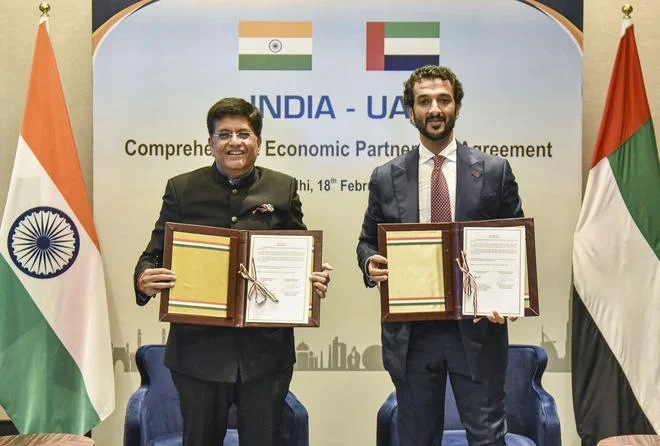
the signing of the FTA at New Delhi in February 2022.
Picture courtesy- The Hindu
What is an FTA?
An FTA is a treaty between two or more countries to minimise specific barriers to trade and investment and foster stronger trade relations between the participating nations. FTAs are primarily of two kinds: bilateral and multilateral.
Bilateral free trade agreements involve two countries that have agreed to ease trade restrictions. Similarly, multilateral free trade agreements involve more than two countries and are more difficult to agree upon. Since the CEPA between India and the UAE involves these two countries only, it is a bilateral FTA.
Unlike an FTA in the conventional sense, which forms a free trade area between the cooperating states, CEPA aims at lowering trade barriers instead of eliminating them. CEPA is more comprehensive and covers a larger space in clauses and commitments. India has previously been a part of global trade organisations such as the WTO (World Trade Organization), but this latest agreement has broader implications.
Why is the India-UAE FTA important? What are its implications?
The United Arab Emirates is a central economic hub, especially in the middle east. Its financial freedom score stands at 70.2, making its economy the 33rd freest in the 2022 Index. The UAE has an open economy with a high per capita income and a substantial annual trade surplus. It also has strong economic relations with other members of the Gulf Cooperation Council (GCC), namely Saudi Arabia, Kuwait, Bahrain, and Oman. India is among the largest trading partners of the UAE.

The image shows Sheikh Zayed, the founding father of the UAE, visiting the Taj Mahal in 1975.
Picture courtesy- AbuDhabi Confidential
The UAE shares a common market and a customs union with these nations. Therefore, the CEPA could provide an opportunity for strengthening India’s economic ties with other countries in the Gulf.
The UAE’s top exports are crude petroleum, refined petroleum, gold, jewellery, and broadcasting equipment. Out of this, the UAE exports material worth around $26.8 billion to India.
The Indian government expects the decade’s first FTA to increase its exports from several sectors. The sectors include textiles, leather, footwear, pharmaceutical products, and medical devices. As per assumptions, the CEPA could help increase the total value of bilateral trade to over $100 billion within five years.
Aside from possible long-term results, the FTA between India and UAE will allow items from the UAE, notably UAE dates, to enter India quickly. Furthermore, the reduction in tariffs will boost India’s export of jewellery and stones. Tariffs are taxes or duties paid for the goods and services imported from another country.
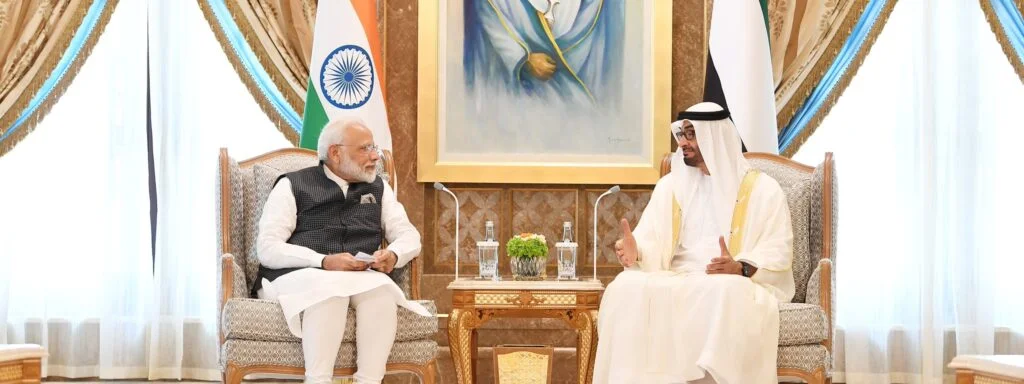
Picture courtesy- Flickr@Indian Embassy-Abu Dhabi
India’s history with FTAs
India had earlier signed three CEPAs with the Association of Southeast Asian Nations (ASEAN), Korea, and Japan. However, these deals did not yield the benefits that the government was looking for. Therefore, in 2019, India also left the Regional Comprehensive Economic Partnership (RCEP), a mega-regional trade agreement of the 10-member ASEAN and its six FTA partners.
India has had a mistrustful history with Free Trade Agreements. There have been few FTAs that benefitted the country. At the same time, most were either stagnant or detrimental.
Some dishonest exporters would frequently manipulate Origin Certificates issued for export. Therefore, in 2020, the government amended the customs law to mandate importers to ensure that the originating criteria requirements were met procedurally.
Commerce secretary BVR Subrahmanyam has blamed India’s previous flawed approach to global trade. He pointed out that the commerce ministry never created an FTA-negotiation wing, which it should have. Subrahmanyam mentioned that if we consider the size of the Indian economy, its share of global trade is not in line with it. He claims that the government has made administrative and structural changes to succeed in upcoming trade deals.
You may also like PROTECTIONISM TO FREE TRADE: INDIA’S FTA WITH UK AND AUSTRALIA!
Arguments against FTAs
Free trade among multiple economies across the globe means encouraging globalisation. But unfortunately, globalisation has again proved to be disastrous for low-wage workers and small businesses.
The pandemic has prompted people to look towards self-reliant models of income. Losing employment has been extremely hard on people who do not belong to the uppermost strata of society in terms of class. Many people also reject international competition because of social and environmental concerns. They want leaders to hold back on free trade in the name of greater economic security and bring back the jobs lost to Covid-19.
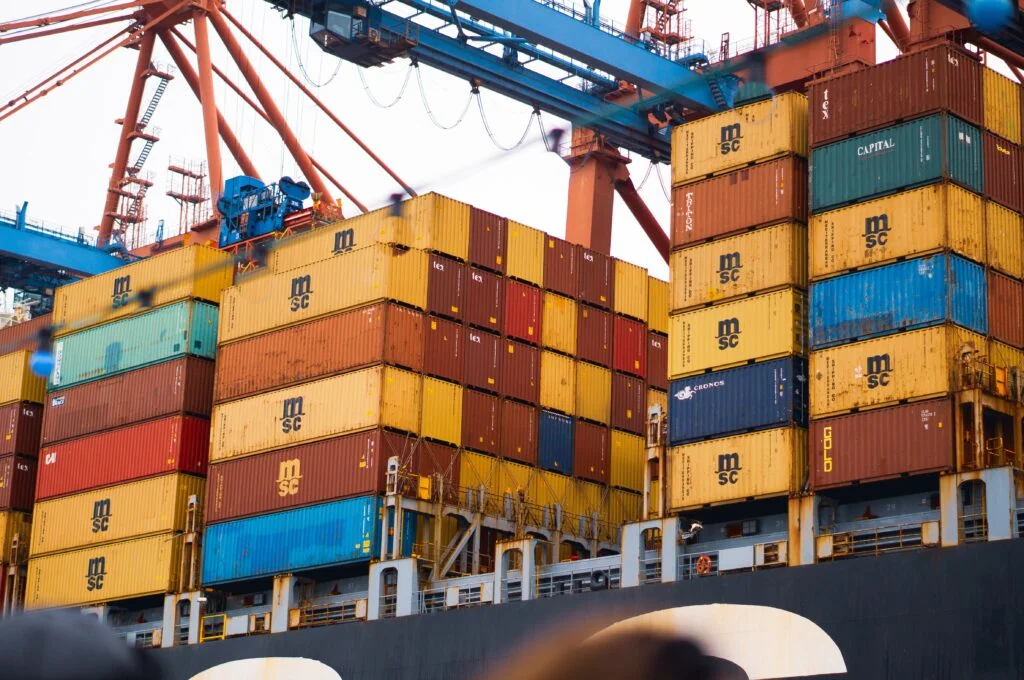
Labour and environmental provisions are necessary to maintain balance in the vehicle of FTAs. Environmental requirements are gradually becoming increasingly common in international trade agreements. FTA signatories must uphold the core labour values, including freedom of association and elimination of forced labour, child labour and discrimination in employment. In addition, we require new ways of thinking to ensure that free trade is legitimate and healthy for everyone.
Conclusion
People who support and work for global fairness are likely to support free trade. For this, its fruits should be equally distributed, along with averting human rights abuse and ensuring environmental protection.
India has set ambitious targets for the completion of FTA negotiations. India and the UK formally embarked on negotiations for an FTA earlier in January. Hopefully, an interim agreement will be implemented by mid-April, followed by a thorough deal by the end of the year.
A similar deadline has been set for the Australia FTA. After stalling for over six years, the one with EU might be completed by mid-2023, or the ministry seeks to assure. Both sides need to demonstrate resolve and maturity to do what is best for both parties.
The India-UAE FTA could positively change India’s trade dealings in a rapidly integrating global economy.
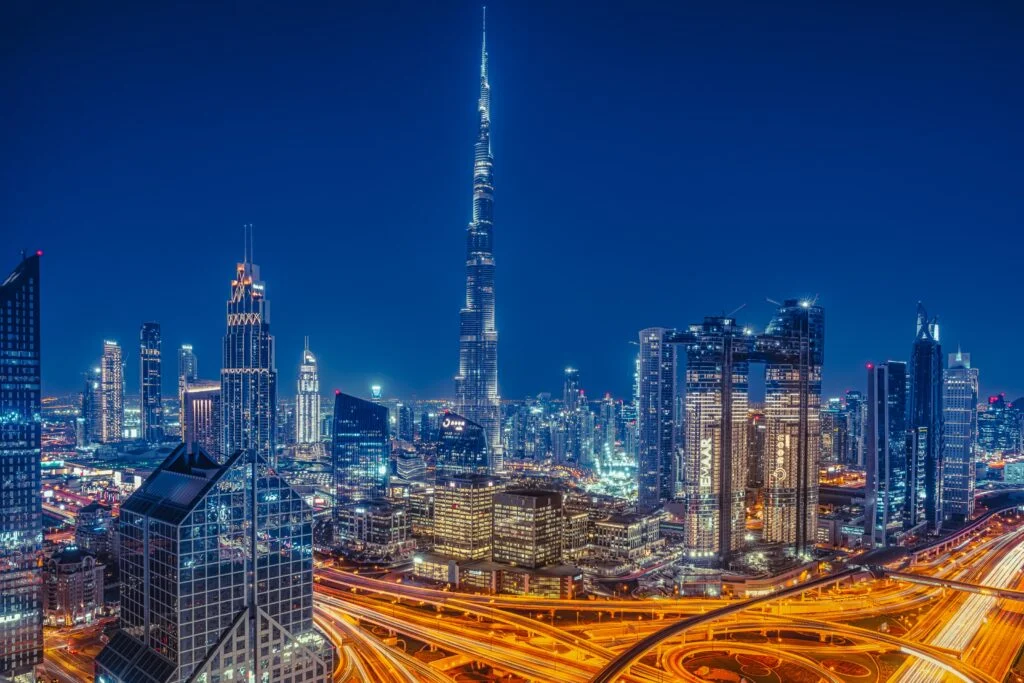
Suhail Nathani, the managing partner at Economic Laws Practice, pointed out that India used FTAs for diplomacy and not for economic gains. The government needs to get inputs from the local industries and a thorough examination for trade deficits.
The expectation is that the new FTAs, starting with the UAE, will not limit themselves to trade in goods. It will further cover services, investments, and innovations. This rejuvenated interest in FTAs is encouraging and necessary. However, only time will reveal whether or not India will accomplish its targets.
About the Author
VAISHNAVI SINGH

Vaishnavi Singh is a lover of poetry and literature. She is currently pursuing a major in English and a minor in sociology. Vaishnavi has always been passionate about improving the world around her, one step at a time, and she hopes her time with The International Prism will contribute to that goal.

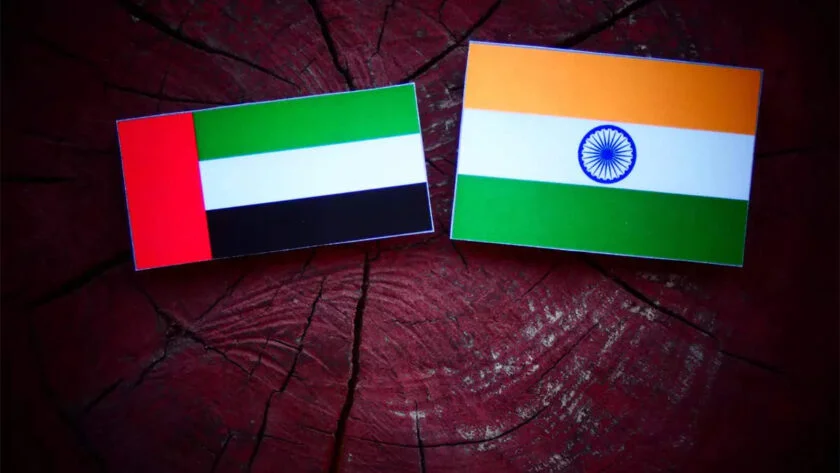





[…] Read more about the India-UAE FTA here! […]